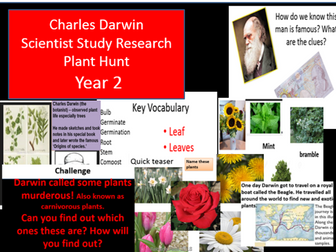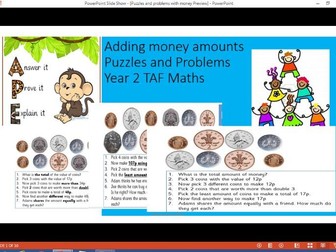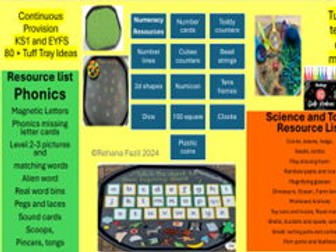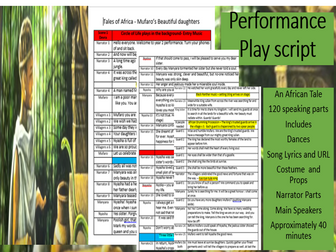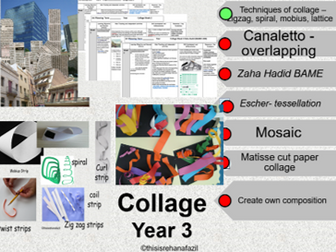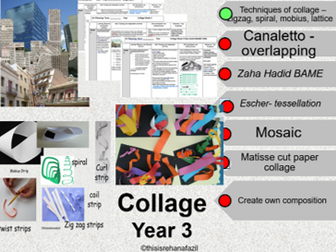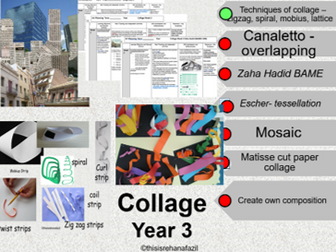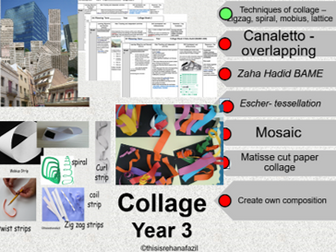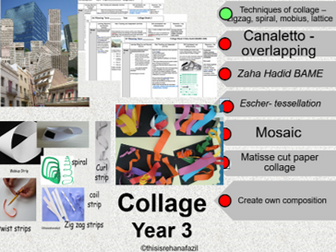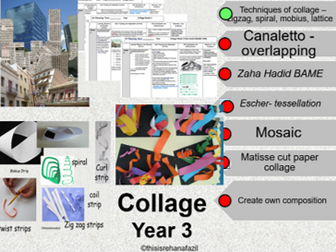Plants Concept map and Assessment Task
<p>Use plants concept map to assess children’s prior learning. Can also be used at the end of the unit. it is useful to generate enquiry questions for children to then sort which ones they will pursue by observing, researching, observing over time, comparative testing or fair testing.<br />
The assessment task is to be used at the end of the unit as a means of assessing children’s scientific knowledge and understanding. Please visit the shop to access all plants lessons and resources.</p>
<p>Suitable for the year 2 plants curriculum.</p>
